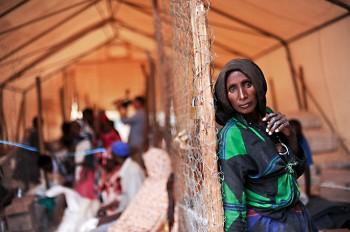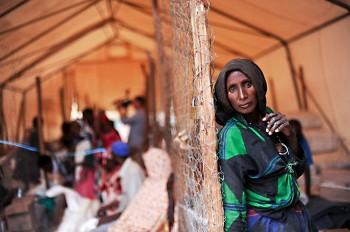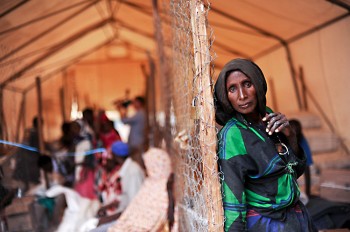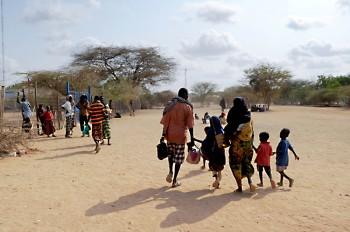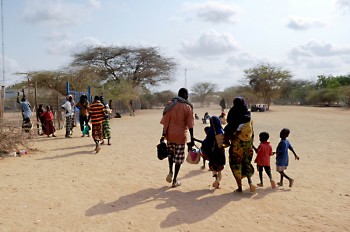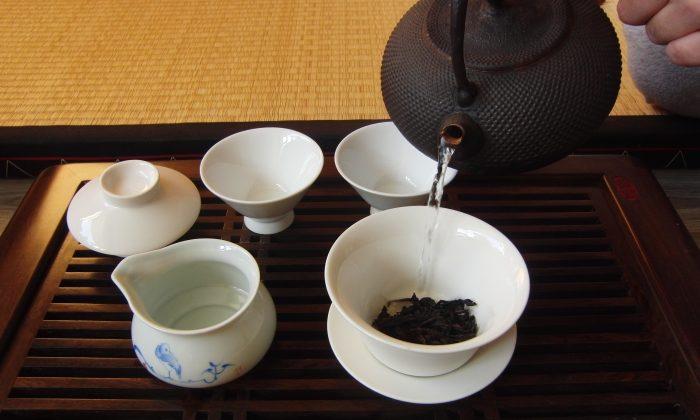Crops are withering, cattle are dying, children are undernourished, and war is raging, while food costs are rising. A drought that is expected to be “the worst in 60 years” is looming over the Horn of Africa, causing a massive exodus of people. Tens of thousands of people are fleeing their homes to seek safe haven in the already overflowing United Nations refugee centers.
“Many families tell us they exhausted virtually all of their resources. Facing starvation, they walk for days, several weeks at times, through the desert, arriving in an appalling state of health,” the U.N.’s refugee agency spokesperson Melissa Fleming said in a recent press conference in Geneva.
Each day, more than a thousand people arrive in the world’s largest refugee camp in Dabaab, Kenya. The three-camp complex has a capacity to hold around 90,000 people, but currently hosts 380,000 people. At least 7,000 new refugees arrive each month.
Most of the refugees are from Somalia. The U.N. estimates that “a quarter of Somalia’s population of 7.5 million is now either internally displaced or living outside the country as refugees.”
The ongoing fighting there makes it nearly impossible to offer aid to them inside Somalia, while food scarcities have caused food prices to skyrocket.
In southern Somalia, red sorghum prices rose 240 percent in the last year, according to the World Food Program.
“We are seriously concerned about the rapidly deteriorating situation in Somalia, where, without a rapid and effective response, more lives will be lost through malnutrition,” Mark Bowden, U.N. resident and humanitarian coordinator said at a press conference.
Besides Somalis there are also people from other troubled areas in the Horn of Africa such as Ethiopia, Djibouti, Uganda, and Congo. Almost half of all the children are already in a seriously undernourished state by the time they arrive in the camps. Many die along the way.
While the number of people in the camp is steadily growing, the food and water supplies decrease. Water is given every two days. Currently, the refugees have to get by with 3.3 liters per day, which is only 16.5 percent of the recommended minimum per person a day in the hot, arid region.
“We must take action now to avert larger-scale crisis,” Mark Bowden said.
Without swift action from the international community, the number of deaths caused by malnutrition is likely to be similar to that of 20 years ago, according to Mark Bowden.
